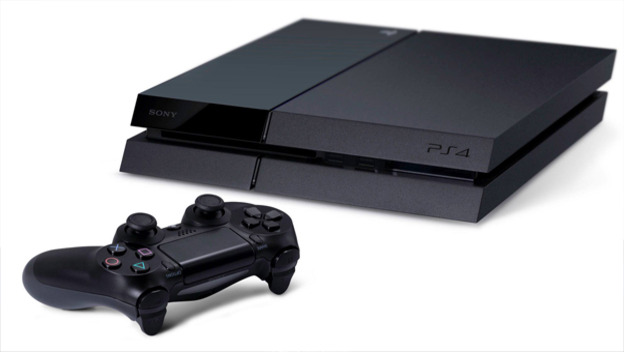Along with the implementation of x86 architecture, radically improved graphics, and improved networking capacities, came the somewhat annoying (but entirely unsurprising) news that next-gen systems won’t support direct backwards compatibility. This means that inserting a PS3 disc into a PS4 or a 360 disc into an Xbox One will do as much good as cramming a GameCube disc in a 3DS. Although it is a bit of a thorn in the side, it’s easily remedied by one of the greatest marvels of modern technology: not throwing away your current system come November. It also raises an interesting question regarding the next generation of console gaming, particularly in the case of the PlayStation 4: What games will we have access to?
Again, the immediate answer is simply, “All of them, just keep or buy some older systems.” But this is 2013; cloud computing shall reign supreme, everything in the world needs social integration so you can alienate your friends with your gaming habits, and graphics are soon expected to trump the real world so dramatically that you’ll think you’re getting lag while driving to work. There’s no room for downgrades in the next-gen, right? But people still want to play some retro games every now and again. After accounting for that pesky backwards-compatibility issue, the best, if not only, solution to this becomes digital copies. If only today’s gaming networks had heavily marketed digital copies of previous-gen games for years now.
Oh, wait.
The continued growth and popularity of digital sales offers a potential solution to the absence of direct previous-gen support. We’re already familiar with precisely the sort of infrastructure necessary to market retro games through the PlayStation Network and Xbox Live Arcade, and we’ve seen it flourish. Digital copies purport a number of advantages over hard copies, for both consumer and producer. They’re much easier to distribute and “manufacture,” which yields improved access and, typically, lower prices. They’re also much simpler to manage; if you’ve got the hard-drive space, you’re good to go, and with all your games in one place too.
Interestingly enough, this is one possibility that has yet to be fully fleshed out or outright denied. Back in February, Sony hinted at a comprehensive PlayStation archive which would include all eras of gaming, from Crash Bandicoot to Uncharted . Sony has since confirmed their partnership with Gaikai, which will bring a streaming-based method of accessing older—specifically, PlayStation 3—titles to gamers. Presumably, this is their answer to the issue of backwards compatibility. However, they have yet to explain the purpose of digital copies of PS3 games. Stranger still, Sony outright refused to comment on the possibility of digital versions of PlayStation 3 games being playable through the PlayStation 4’s PlayStation Network.

This can be interpreted in several ways. Arguably, the most obvious answer is that the PlayStation 4 will offer no such thing, and Sony doesn’t want to besmirch their fledgling system by tearing the curtains off the limitation. However, the possibility that this sort of digital backwards compatibility will indeed be implemented but is currently reserved for a potential promotional campaign is also perfectly valid. If we’re lucky, the option is simply early in development and not yet ready to take the stage. After all, the Gaikai solution won’t even be available until 2014. Regardless, the fact remains that this represents yet another facet of next-gen gaming that we know very little about, and is certainly a concept to keep in mind as we encroach upon the coming holiday release. Sony has announced big plans for Gamescom 2013, so maybe we’ll get some answers there?
